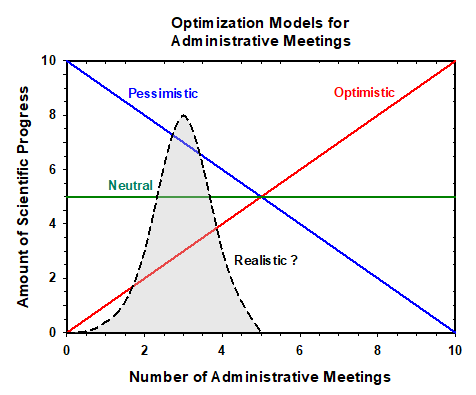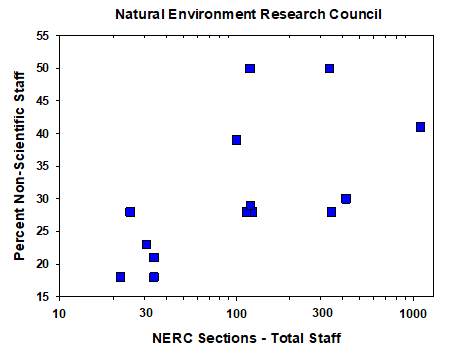Recent events have large implications for conservation science. Behind these events – Covid, climate change, wars – lies a fundamental dichotomy of views about humanity’s place in the world today. At the most basic level there are those who view humans as the end-all-and-be-all of importance so that the remainder of the environment and all other species are far down the list of importance when it comes to decision making. The other view is that humans are the custodians of the Earth and all its ecosystems, so that humans are an important part of our policy decisions but not the only part or even the most important part. Between these extreme views there is not a normal distribution but a strongly bimodal one. We see this very clearly with respect to the climate emergency. If you explain the greenhouse dilemma to anyone, you can see the first reaction is that this does not apply to me, so I can do whatever I want versus the reaction of others that I should do something to reduce this problem now. It is the me-here-and-now view of our lives in contrast to the concern we should have about future generations.
Our hope lies in the expectation that things are improving, strongly in young people, more slowly in older people, and negligibly in our politicians. We must achieve sustainability professed by the Greta Thunberg’s of the world, and yet recognize that the action needed is promised by our policy makers only for 2050 or 2100. There is hope that the captains of industry will move toward sustainability goals, but this will be achieved only by rising public and economic pressure. We are beset by wars that make achieving any sustainability goals more difficult. In Western countries blessed with superabundant wealth we can be easily blinded by promises of the future like electricity from nuclear fusion at little cost, or carbon-capture to remove greenhouse gases from the atmosphere. If things get impossibly bad, we are told we can all go to Mars. Or at least the selected elite can.
Conservation gets lost in this current world, and pleas to set aside 30% or 40% of the Earth for biosphere conservation are rarely even heard about on the evening news. The requests for funds for conservation projects are continually cut when there are more important goals for economic growth. Even research funding through our first-class universities and government laboratories is falling, and I would wager without the data that less than 20% of funding for basic research goes to investigating environmental problems or conservation priorities. In my province in Canada a large section of this year’s budget labelled “Addressing Climate Change” is to be spent on repairing the highways from last year’s floods and trying to restore the large areas affected by fires in the previous dry summer.
What is the solution to this rather depressing situation? Two things must happen soon. First, we the public must hold the government to account for sustainability. Funding oil companies, building pipelines, building highways through Class A farmland, and waging wars will not bring us closer to having a sustainable earth for our grandchildren. Second, we must encourage private industries and wealthy philanthropists to invest in sustainability research. Conservation cannot ever be achieved without setting aside large, protected areas. The list of species that are in decline around the Earth is growing, yet for the vast number of these we have no clear idea why they are declining or what can be done about it. We need funding for science and action, both in short supply in the world today. And some wisdom thrown in.


